The Royole Flexpai, technically, was the first to step into the foldable phone game. However, it was Samsung’s Galaxy Fold that made major news, for reasons good and bad. Since then, we’ve seen foldable devices like the Huawei Mate X smartphone and the Lenovo foldable ThinkPad laptop, with OPPO and Xiaomi also having teased their own versions of foldable phones.
Now Motorola has made its mark in the foldable territory as has launched the Motorola Razr Foldable Clamshell Phone.
Specifications
Unlike the competitors in the foldable market, the new and revamped foldable Razr phone from Motorola doesn’t bear powerful specifications. Instead, the design including the hinge mechanism more than makes up for the device’s hardware shortcomings.
- 6.2-inch Foldable P-OLED (2142 x 876 pixels) primary display with 373 PPI pixel density
- Secondary 2.7-inch G-OLED display with 600 x 800 pixels resolution
- Qualcomm Snapdragon 710 (10 nm) processor with Adreno 616 GPU
- 6GB RAM / 128GB onboard storage
- 16MP dual-pixel main camera and TOF 3D camera with PDAF, dual-LED flash, 2160p video recording
- 5MP f/2.0 selfie camera
- 2510mAh battery with 15W fast charging
- Android 9 Pie
Gallery
Does foldable Motorola Razr look like the classic RAZR V3?
As expected, the Razr foldable phone does bear some heavy resemblance to the classic RAZR V3 from 2004.
At first glance, the Motorola Razr foldable flip phone has a touchscreen on the inside as well as on the outside. There’s a small screen on the front of the phone below which is the primary camera. The camera resides where once stood the classic Motorola logo on the original RAZR V3. The screen on the front lid supports touch functionality, besides showing notifications and acting as the primary camera’s viewfinder but it doesn’t offer the full-blown Android experience.
Design
Opening the phone or flipping it, like we used to say, involves the same mechanism, that is to use your thumb and slide it in between the two converging parts. While the mechanism is similar, it’s harder than how it used to be since the new Razr is wider and has got more weight to it.
On opening the phone, you will be greeted to a larger display with a narrow and tall form factor, beyond that of the current line of 19:9 aspect ratio screens. There’s a wide notch at the top which houses the familiar 5MP selfie camera like you would on a traditional device while the bottom part of the phone isn’t as traditional as you’d want it to be.
The chunky module that resides below the display is what seems to have been the unavoidable measure to retain a fingerprint scanner, antennas, vibration sensor, and network components for the phone. The Razr lays flat with the bottom lip when the phone is closed.
Moving on to the elephant in the room, there’s indeed a crease at the bending of the phone’s display. However, it’s not as visible as the one of the Galaxy Fold and certainly doesn’t feel irregular. This is courtesy of the Razr’s proprietary hinge design which has an open space on the bottom lip for the screen to line into. It sure does look cool but you’d hope nothing gets stuck in the gap between the lip and the screen.
Is the Moto Razr different from Galaxy Fold?
Samsung’s Galaxy Fold debuted with a dual-screen design that featured a large 7.3-inch screen that can be folded to a smaller 4.6-inch panel on the front. The device screamed the functionality of a tablet with the pocketable form of a phone and nailed a lot of features on both fronts. Motorola’s version of a foldable is converting a tall phone into a much smaller device without compromising on regular smartphone features.
Instead of implementing six cameras like on the Fold, Motorola’s Razr foldable will only use two. Also to note is that the Galaxy Fold is powered by a Snapdragon 855 chipset while Motorola’s foldable settles for a Snapdragon 710 that is present on mid-range smartphones.
Is it be powerful enough to compete with its rivals?
Samsung Galaxy Fold and Huawei Mate X are both fuelled by flagship processors – Qualcomm Snapdragon 855 and Hisilicon Kirin 980. In contrast, the Motorola Razr is powered by a Snapdragon 710 SoC that has previously featured in the Realme X, Nokia 8.1 and Oppo K3. The Snapdragon 710 is the eighth most powerful mobile processor from Qualcomm and the third-best chipset under the Snapdragon 700-series. Although it’s a tough ask for the Razr to have flagship performance, the phone will be good enough for most parts.
Should you buy the Motorola Razr
The Motorola Razr is the first practical take on foldable phones since you can pack a narrow and tall phone on a pager-like profile with no loss in functionalities on both screens. The Razr, like the Mate X, employs the same camera setup for primary imaging and selfie purposes but lags behind traditional phones and even in the Galaxy Fold in terms of flexibility. That’s because, in 2019, even the budget phones pack a wide-angle sensor or a telephoto camera or both. The 2510mAh battery sounds like a let-down but at the same time, the power-efficient Snapdragon 710 SoC should be able to suffice a day.
Knowing all that, would you be willing to trade your $1,500 worth of money in place of the Moto Razr? Let us know in the comments below.

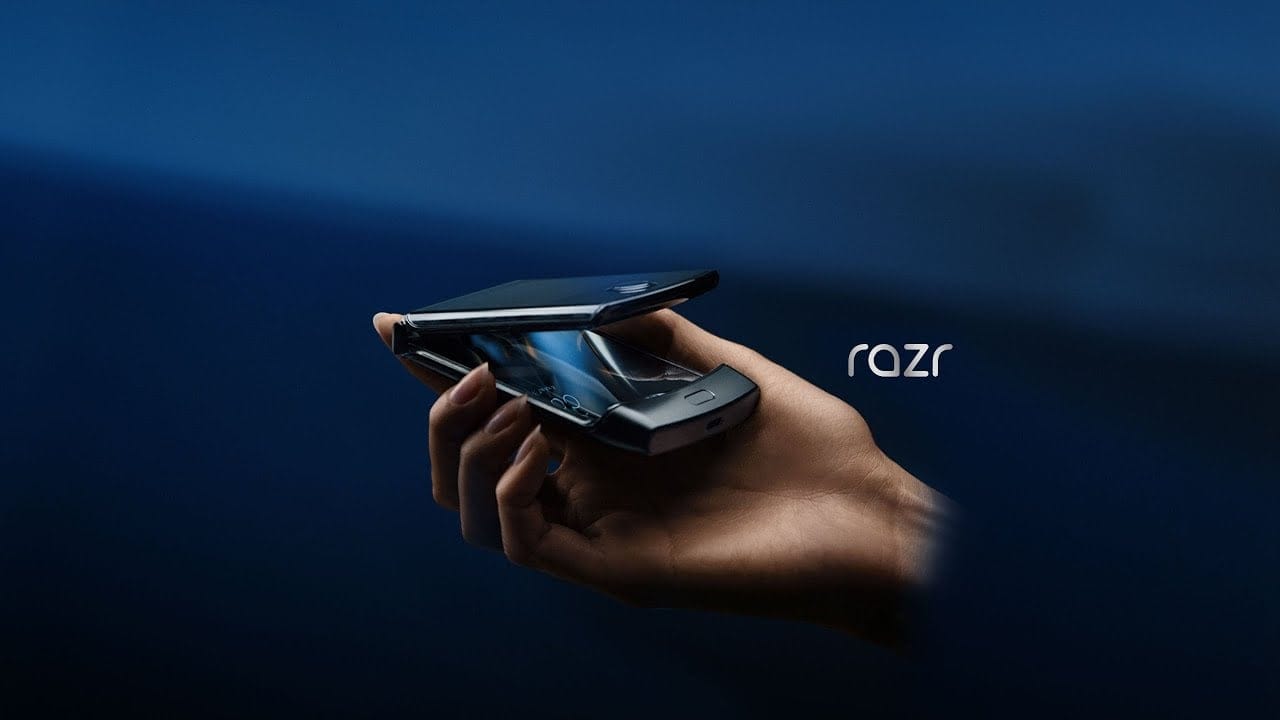
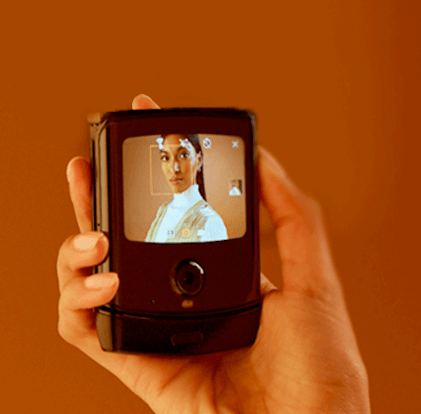
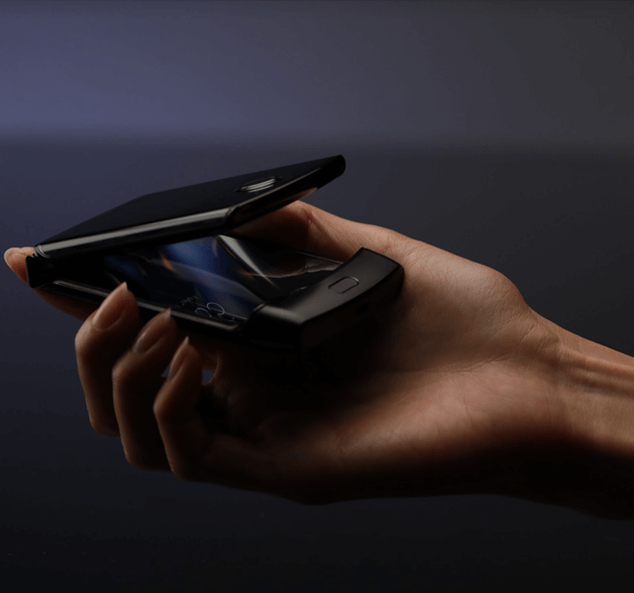


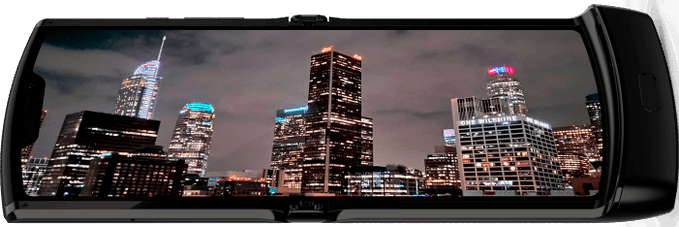

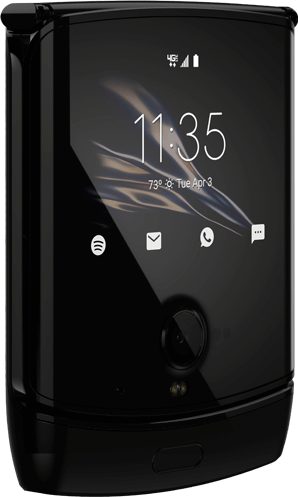

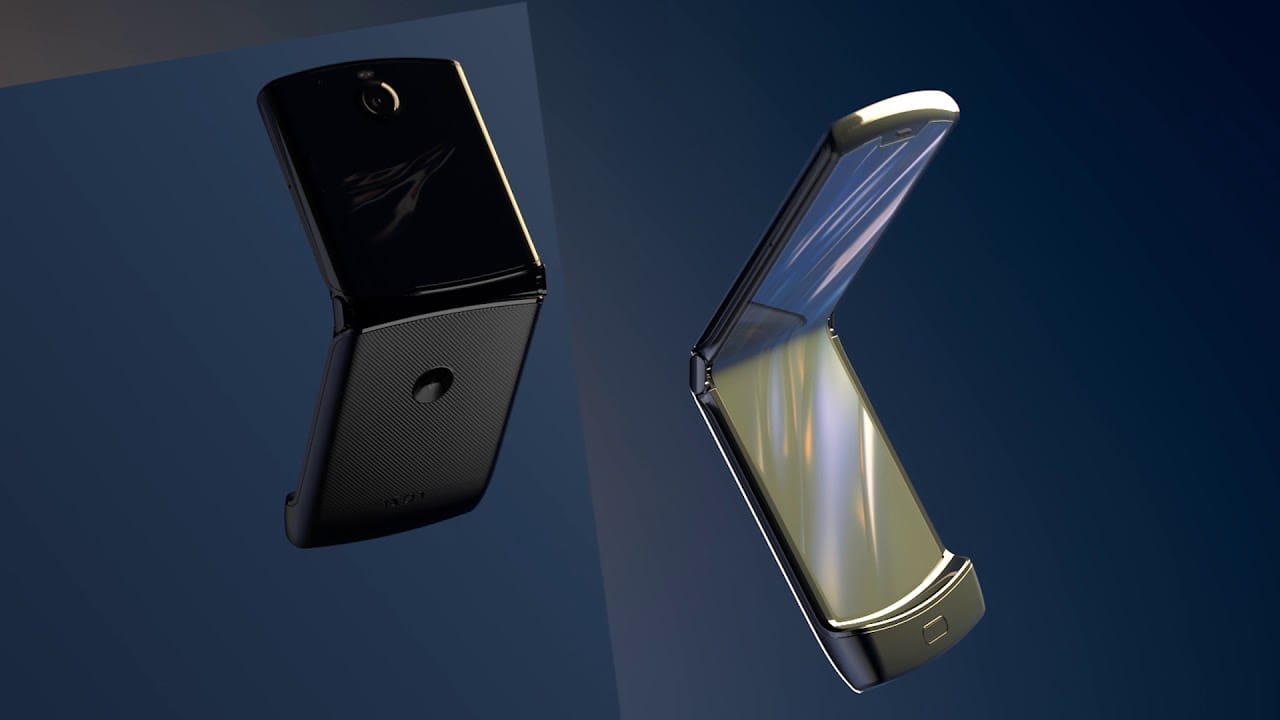






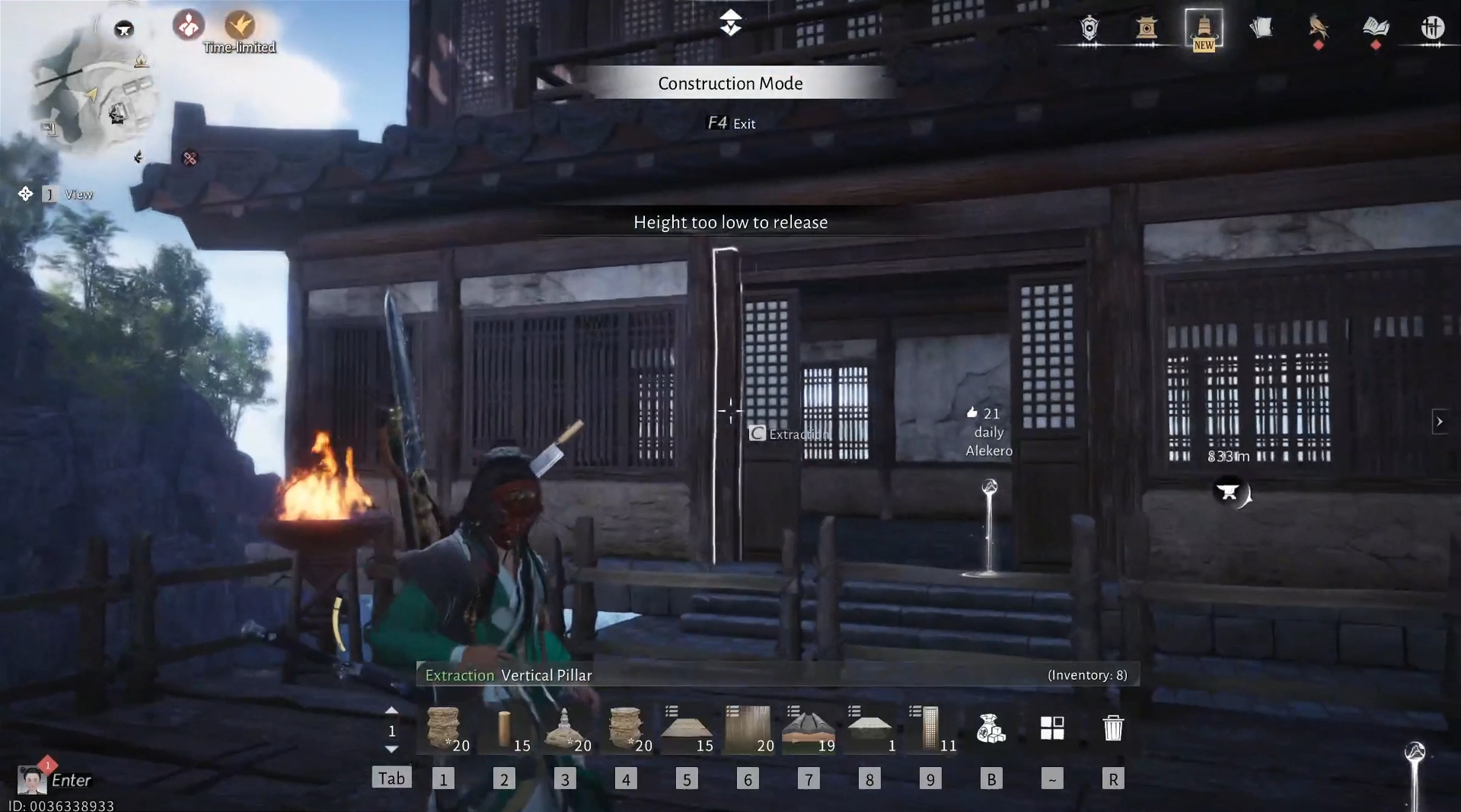

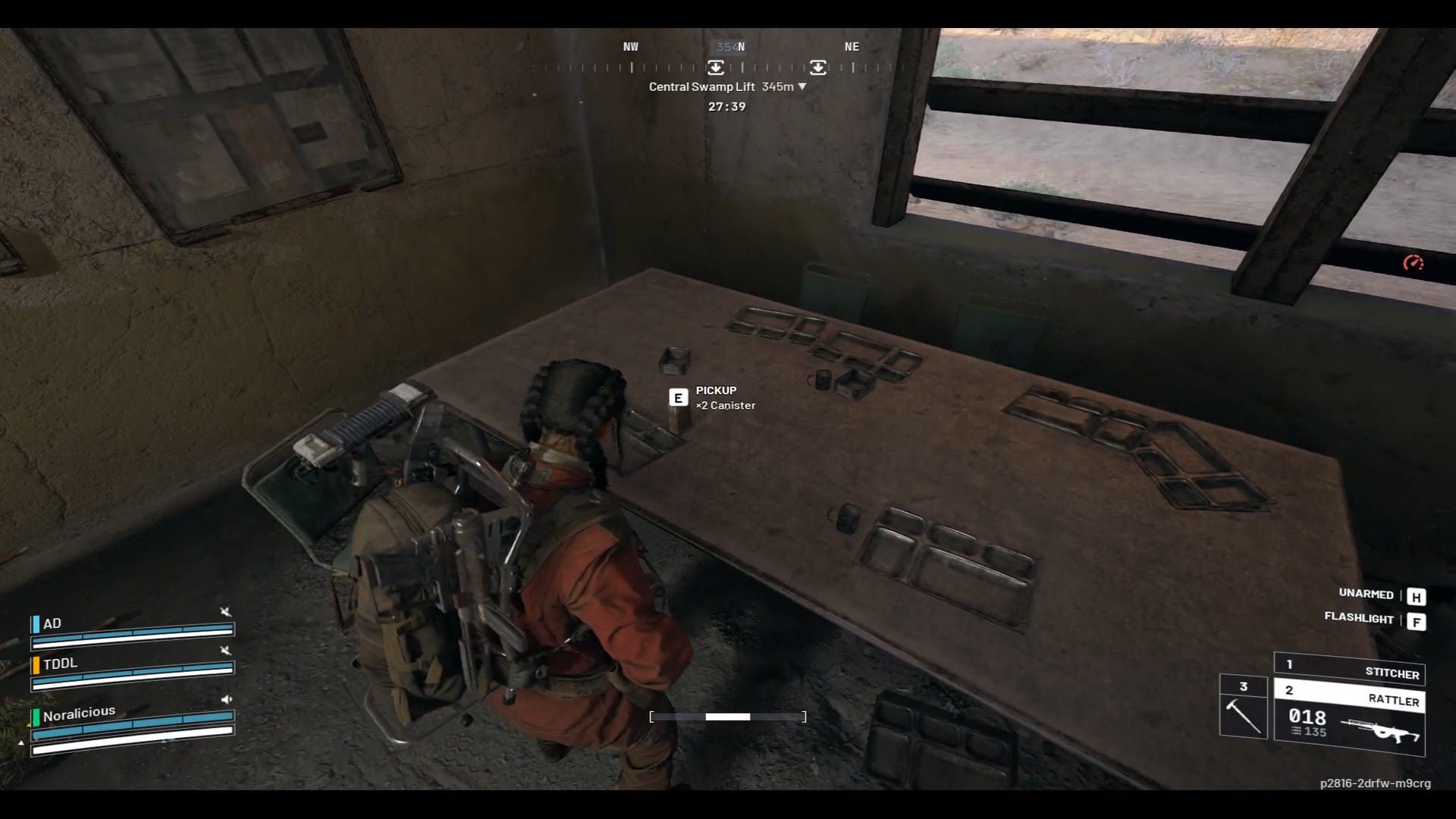
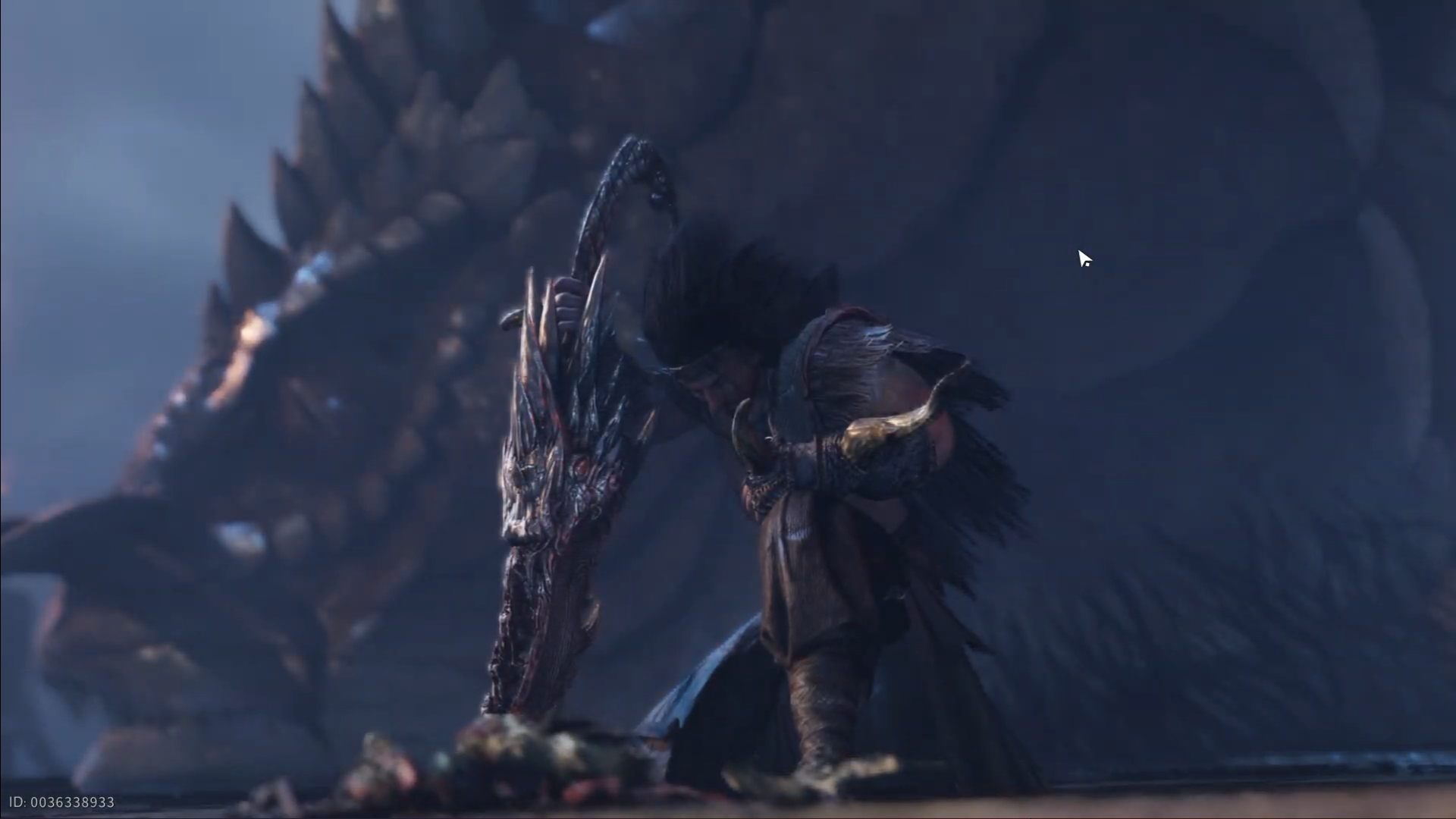

Discussion